The Critical Role of Precision Investment Casting in Modern Industries
In the realm of advanced manufacturing, the quality and precision of every component are paramount. A high-quality casting part is not merely a component but a foundational element dictating the performance, reliability, and lifespan of complex systems across diverse sectors. From intricate aerospace assemblies to robust industrial machinery, investment casting offers unparalleled advantages in producing parts with exceptional dimensional accuracy, superior surface finish, and intricate geometries.
This article delves into the technical intricacies, market trends, and strategic advantages associated with investment casting, particularly focusing on the lost wax process. We will explore its applications, specific technical benefits, and how leading manufacturers deliver customized, high-performance solutions to meet rigorous B2B demands. Understanding the nuances of this technology is crucial for engineers, procurement specialists, and decision-makers seeking optimal component solutions.
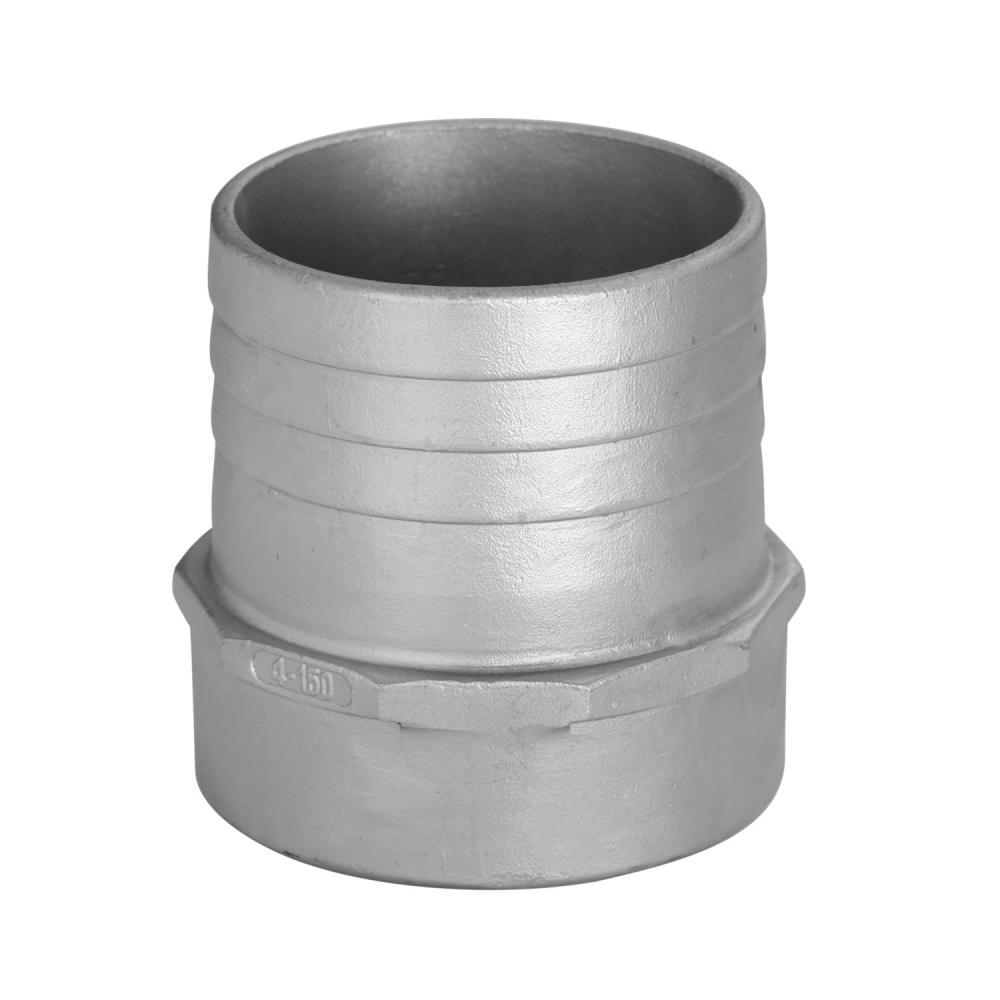
Industry Trends Shaping the Future of Casting Parts
The global market for casting components is experiencing dynamic shifts, driven by advancements in materials science, manufacturing automation, and increasing demands for higher performance from end-user industries. Key trends include:
- Lightweighting and Advanced Alloys: Industries like aerospace and automotive are continuously pushing for lighter, stronger materials to enhance fuel efficiency and performance. This drives demand for high-strength aluminum, titanium, and superalloys in casting processes.
- Digitalization and Automation: Integration of CAD/CAM, simulation software (e.g., solidification modeling), and robotic handling systems is optimizing casting processes, reducing defects, and improving turnaround times. Predictive analytics are also gaining traction for quality control.
- Sustainability and Resource Efficiency: Focus on greener manufacturing processes, including reducing waste, energy consumption, and using recyclable materials, is becoming a competitive differentiator.
- Customization and Small Batch Production: The ability to produce highly customized parts efficiently and economically, even in smaller volumes, is crucial for specialized applications and rapid prototyping. This directly impacts casting parts pricelist strategies.
- Global Supply Chain Resilience: Geopolitical factors and logistical challenges are prompting companies to seek diversified and reliable global suppliers, leading to a rise in interest for competitive offerings, such as those from china valve casting parts manufacturers known for efficiency.
These trends underscore the importance of choosing a casting partner that can adapt to evolving technological landscapes and stringent industry requirements, ensuring the delivery of high-quality, cost-effective components.
Detailed Process Flow: Lost Wax Investment Casting
The lost wax investment casting process is renowned for its capability to produce near-net-shape components with exceptional precision and surface finish. This multi-step process allows for the creation of complex geometries that would be difficult or impossible to achieve with other manufacturing methods. Here is a detailed breakdown:
1. Wax Pattern Production
A wax pattern, identical to the desired finished casting part, is injected into a precisely machined metal die. High-quality dies ensure dimensional accuracy and repeatability. Materials range from various wax compositions, chosen for their melting characteristics and ability to hold fine detail.
2. Pattern Assembly (Tree)
Multiple wax patterns are attached to a central wax sprue, forming a “tree” assembly. This sprue acts as a conduit for molten metal during pouring. The design of the tree is crucial for optimal metal flow and casting quality.
3. Ceramic Shell Building
The wax tree is repeatedly dipped into a ceramic slurry and then coated with refractory sand. This process is continued until a sturdy, multi-layered ceramic shell is built around the wax patterns. The ceramic material provides the mold integrity and thermal resistance.
4. Dewaxing
The ceramic shell is heated in an autoclave, melting and removing the wax pattern. The molten wax is typically recovered and reused, making this a sustainable process. This step creates a hollow ceramic mold, ready for metal pouring.
5. Preheating and Pouring
The dewaxed ceramic mold is preheated to a high temperature to remove residual moisture and ensure proper metal flow. Molten metal (e.g., stainless steel, carbon steel, superalloys) is then poured into the hot mold, filling the cavity that was once occupied by the wax pattern.
6. Cooling and Shell Removal
After pouring, the metal is allowed to cool and solidify within the ceramic shell. Once cooled, the ceramic shell is mechanically removed using vibratory hammers, water blasting, or chemical dissolution, revealing the raw metal casting tree.
7. Part Cut-off and Finishing
Individual castings are cut from the central sprue. Remaining gates and risers are ground off. Subsequent operations can include heat treatment for desired mechanical properties, CNC machining for tighter tolerances on critical features, and surface treatments.
8. Inspection & Testing
Every finished casting part undergoes rigorous inspection to ensure adherence to specified standards (e.g., ISO 9001, ANSI). This includes visual inspection, dimensional checks, NDT (Non-Destructive Testing) like X-ray or liquid penetrant inspection, and mechanical property testing (tensile, hardness).
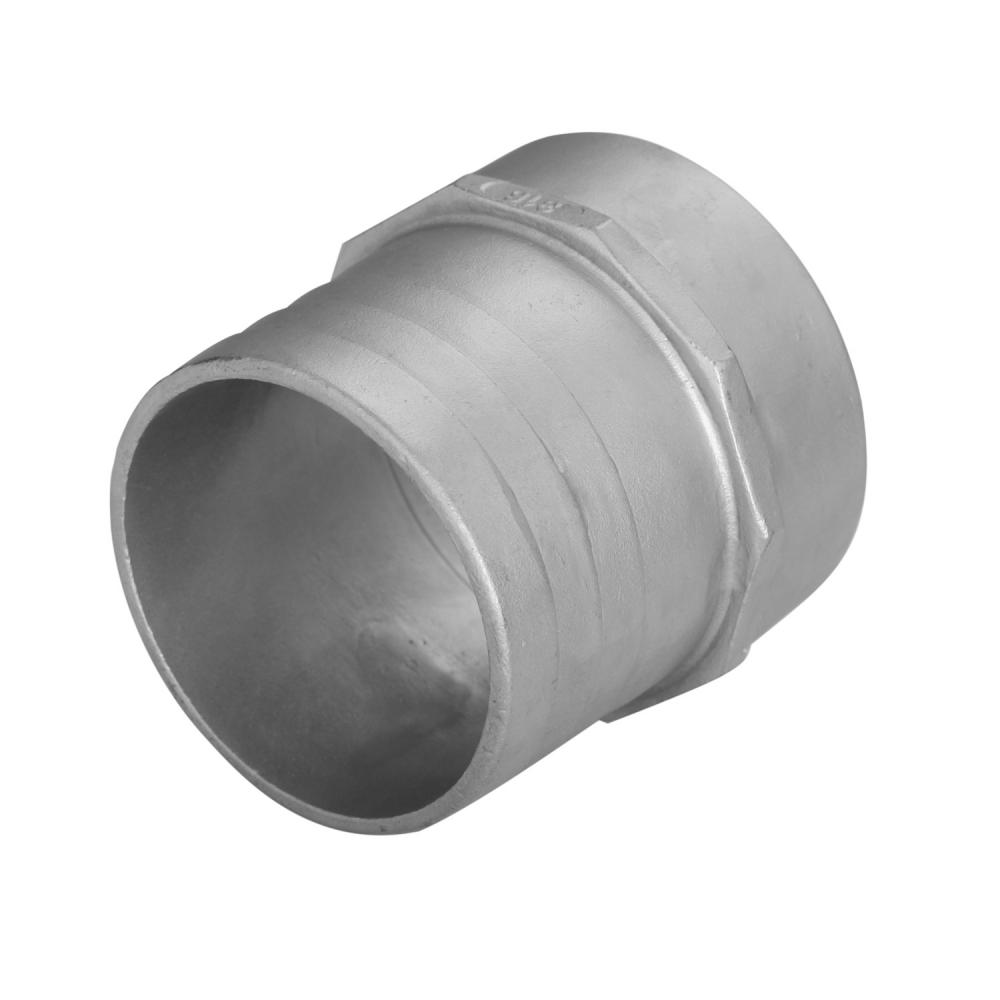
Technical Specifications of Lost Wax Investment Casting Parts
The lost wax investment casting process, particularly when executed by experienced manufacturers, yields components with superior technical characteristics. Below is a representative table detailing typical specifications for a high-quality Lost Wax Investment Casting Part:
| Parameter | Specification Range (Typical) | Notes / Industry Standard |
|---|---|---|
| Material Options | Stainless Steels (304, 316, 17-4PH), Carbon Steels (1020, 1045), Alloy Steels, Tool Steels, Nickel-based Alloys, Cobalt-based Alloys, Brass, Bronze, Aluminum Alloys | ASTM, DIN, JIS, EN standards compliance |
| Dimensional Tolerances | +/- 0.1mm for first 25mm, then +/- 0.004mm/mm or +/- 0.005in/in | Typically CT4-CT7 per ISO 8062-3, depending on complexity and size |
| Surface Finish (Ra) | 1.6 – 6.3 µm (63 – 250 µin) | Investment casting offers superior finish compared to sand casting |
| Wall Thickness | Minimum 1.5mm (0.06 inch), can be thinner for small, intricate parts | Achieves thinner walls than most other casting methods |
| Part Weight Range | From a few grams to over 50 kg (110 lbs) | Process highly versatile for various part sizes |
| Heat Treatment | Annealing, Normalizing, Quenching & Tempering, Solution Annealing, Precipitation Hardening | To achieve desired mechanical properties (hardness, tensile strength) |
| Testing Standards | ISO 9001, ASTM (material spec), ANSI (dimensional), PED (Pressure Equipment Directive), AD2000, Lloyd’s Register | Ensures product quality and compliance for specific applications |
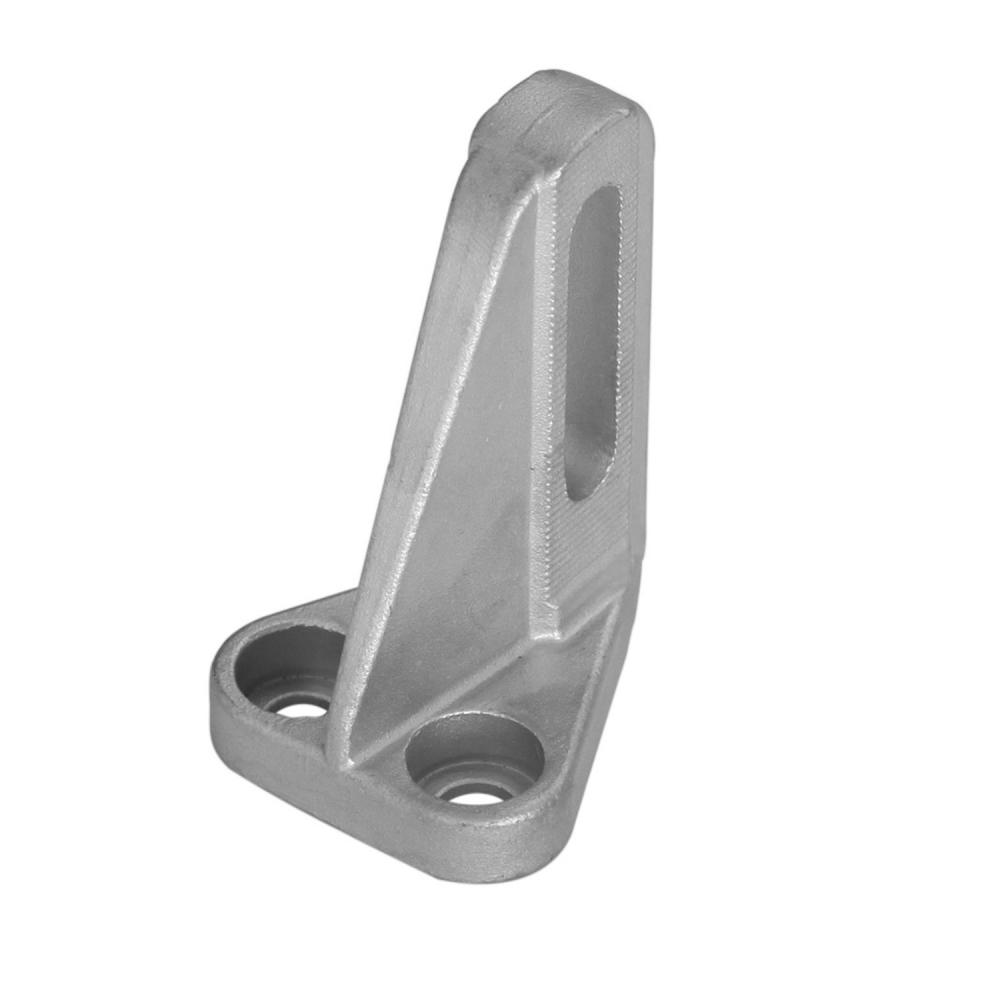
Application Scenarios and Technical Advantages
The versatility and precision of investment casting make the resulting casting part indispensable across a multitude of industries. Its technical advantages translate directly into enhanced performance and cost-effectiveness in challenging environments.
Target Industries:
- Petrochemical: Components for pumps, valves, and flow control systems that demand extreme corrosion resistance (e.g., in sulfuric acid or high-salinity environments) and high-temperature integrity. Materials like duplex stainless steel and Hastelloy are common.
- Metallurgy: Wear-resistant parts for heavy machinery, furnace components, and critical elements in steel production, requiring durability against abrasion and thermal shock.
- Water Supply & Drainage: Valve bodies, impellers, and pump housings that need robust construction and long service life in corrosive water environments, often manufactured as china valve casting parts.
- Aerospace: Turbine blades, structural brackets, and engine components demanding lightweight, high-strength alloys with stringent metallurgical integrity and precise dimensional control.
- Automotive: Turbocharger components, transmission parts, and exhaust system elements where heat resistance, precision, and intricate shapes are crucial for engine efficiency and performance.
- Medical: Surgical instruments and implantable devices requiring biocompatible materials, flawless surface finishes, and intricate designs.
Demonstrated Advantages in Typical Application Scenarios:
- Energy Saving: By producing near-net-shape components, the need for extensive post-casting machining is significantly reduced. This saves energy associated with machining operations, tools, and labor. For instance, a complex pump impeller cast to near-final dimensions requires minimal finishing, reducing overall manufacturing energy footprint by up to 30% compared to traditional machining from bar stock.
- Corrosion Resistance: Investment casting allows for the use of specialized high-alloy steels and superalloys that are inherently resistant to chemical corrosion, oxidation, and high-temperature degradation. A valve component made from Hastelloy C-276 via investment casting can withstand prolonged exposure to aggressive acids in chemical processing plants, ensuring a service life of 10+ years, far exceeding conventionally machined alternatives.
- Extended Service Life: The fine grain structure and excellent surface integrity achieved through investment casting contribute to superior fatigue resistance and durability. For example, an aerospace bracket cast in Ti-6Al-4V demonstrates a fatigue life that is 20-25% longer than an equivalent part produced by forging and extensive machining, due to reduced residual stress and surface imperfections.
- Design Freedom & Complexity: The lost wax process can produce highly intricate internal passages, thin walls, and complex external features that are difficult or impossible to achieve with other methods. This enables engineers to optimize designs for fluid dynamics, heat dissipation, or weight reduction without manufacturing constraints.
These advantages highlight why investment casting remains a preferred method for critical applications where precision, performance, and reliability cannot be compromised.
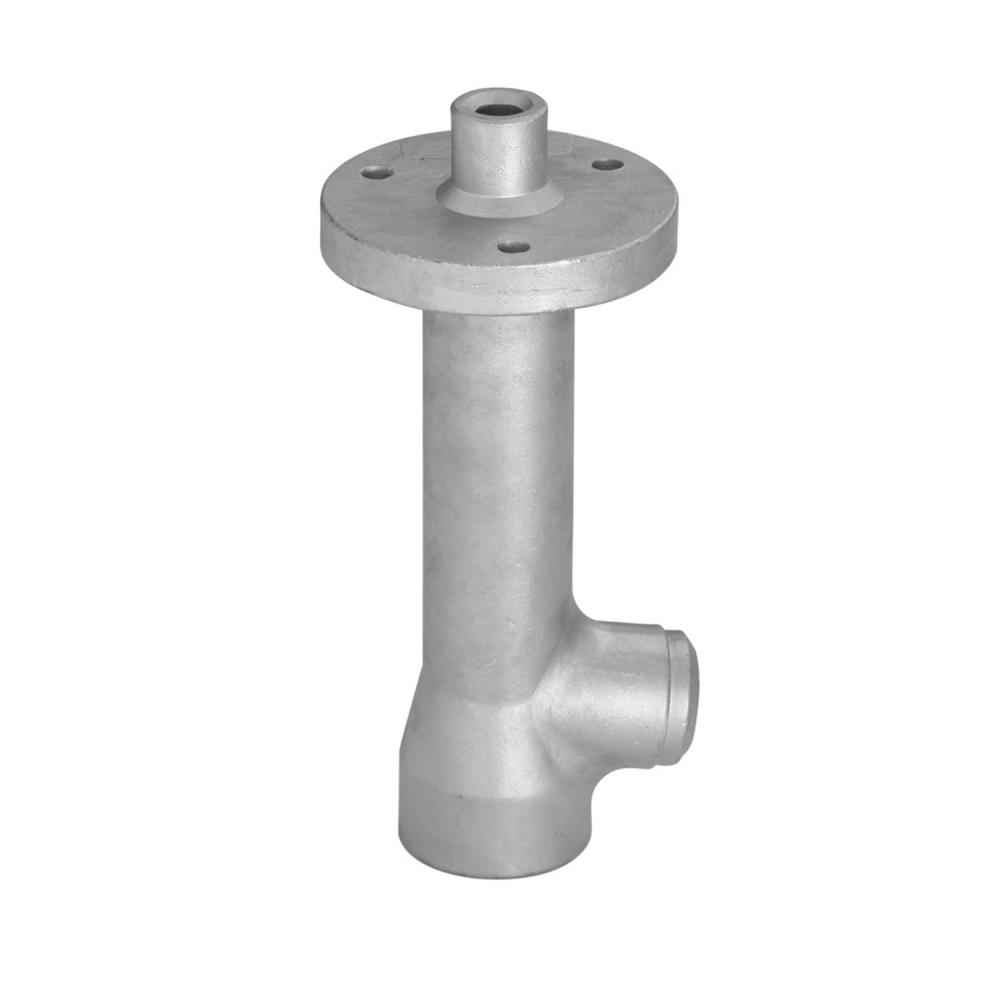
Vendor Comparison: Investment Casting Solutions
Choosing the right manufacturing partner is critical for the successful delivery of high-quality components. When evaluating suppliers for a precision casting part, several key factors differentiate leading providers.
| Feature/Criterion | Leading Specialist (e.g., Mingda Metals) | General Industry Standard / Less Specialized Vendor |
|---|---|---|
| Material Expertise | Broad range of standard and exotic alloys (e.g., Inconel, Monel, Duplex SS, customized blends), deep metallurgical knowledge. | Limited to common stainless steels and carbon steels; less material customization. |
| Dimensional Accuracy | Consistent CT4-CT6 tolerances, capable of achieving tighter tolerances with secondary machining. | Typically CT7-CT9, requiring more post-processing for critical dimensions. |
| Surface Finish (Ra) | 1.6 – 3.2 µm as-cast, with capabilities for mirror finishes post-polish. | 3.2 – 6.3 µm as-cast, often requiring more significant surface treatment. |
| Complex Geometries | Highly adept at intricate designs, internal passages, thin walls, and complex coring. | May struggle with extreme complexity, leading to design compromises or higher costs. |
| Certifications & Quality Control | ISO 9001, PED, AD2000, NDT capabilities (X-ray, MPI, LPI), full material traceability. | Basic ISO certification, limited in-house testing, reliance on external labs. |
| Lead Time & Flexibility | Optimized production lines, adaptable to varying batch sizes (prototype to mass production), reliable wax casting part pricelist. | Longer lead times for custom orders, less flexible for small batches. |
| Value-added Services | In-house machining, heat treatment, surface finishing, assembly, design optimization support. | Primarily casting only, requiring external outsourcing for secondary processes. |
This comparison highlights the importance of partnering with a specialized investment casting provider who can offer comprehensive solutions and adhere to the highest quality standards, ultimately delivering better long-term value.
Customized Solutions and Application Case Studies
The true value of investment casting often lies in its ability to provide highly customized solutions that precisely meet unique application requirements. Expert manufacturers collaborate closely with clients from initial design to final production.
Customization Capabilities:
- Design for Manufacturability (DFM): Engineering teams provide consultation to optimize part design for the investment casting process, ensuring the best balance of performance, cost, and manufacturability. This can include minor design tweaks to improve mold fill, reduce stress concentrations, or minimize post-casting operations.
- Material Selection & Development: Beyond standard alloys, specialists can assist in selecting or even developing custom alloy compositions to achieve specific mechanical properties, corrosion resistance, or thermal performance for extreme applications.
- Rapid Prototyping: Utilizing 3D printing for wax patterns or ceramic molds, rapid prototyping services enable quick iteration and validation of designs, significantly shortening development cycles for new products or complex casting part designs.
- Integrated Finishing & Assembly: Offering complete solutions including CNC machining, heat treatment, surface finishing (e.g., polishing, passivation), and even sub-assembly to deliver a ready-to-use component.
Application Case Studies:
Case Study 1: High-Pressure Valve Body for Offshore Oil & Gas
Challenge: A client in the offshore oil & gas industry required a complex valve body that could withstand extreme pressures (up to 15,000 psi) and highly corrosive saltwater environments, while maintaining precise internal geometry for optimal flow control. Machining from solid bar stock was proving prohibitively expensive and wasteful.
Solution: Through a collaborative DFM process, an experienced casting provider recommended investment casting using Duplex Stainless Steel (e.g., F51/2205). The lost wax process allowed for the intricate internal passages to be cast to near-net shape, significantly reducing subsequent CNC machining time and material waste. Specialized heat treatment procedures were developed to optimize the mechanical properties and corrosion resistance of the specific Duplex SS alloy.
Result: The client achieved a 35% cost reduction per unit compared to their previous machining method, along with a 20% reduction in lead time. The investment cast valve bodies met all hydrostatic and corrosion resistance testing standards, ensuring a reliable service life under extreme conditions. The successful project enhanced the client’s competitive edge in demanding markets.
Case Study 2: Medical Device Component for Minimally Invasive Surgery
Challenge: A medical device company needed a miniature, highly intricate component for a new minimally invasive surgical instrument. The part required exceptionally smooth surface finish for sterilization, tight dimensional tolerances, and biocompatibility, often influencing the wax casting part pricelist. Traditional manufacturing methods struggled to achieve the required detail and surface quality at a scalable production volume.
Solution: Leveraging advanced investment casting techniques, the manufacturer proposed using medical-grade 17-4PH Stainless Steel. The process enabled the casting of fine features and complex internal structures to a high degree of precision. Post-casting, the parts underwent controlled heat treatment for optimal strength and a multi-stage electropolishing process to achieve a mirror-like finish (Ra < 0.4 µm) critical for sterilization and smooth tissue interaction.
Result: The investment cast components met all stringent medical device standards (ISO 13485-compliant manufacturing). The client achieved the desired intricate design and superior surface quality, allowing for the successful launch of their innovative surgical instrument. The cost-effective production method ensured commercial viability and facilitated market entry.
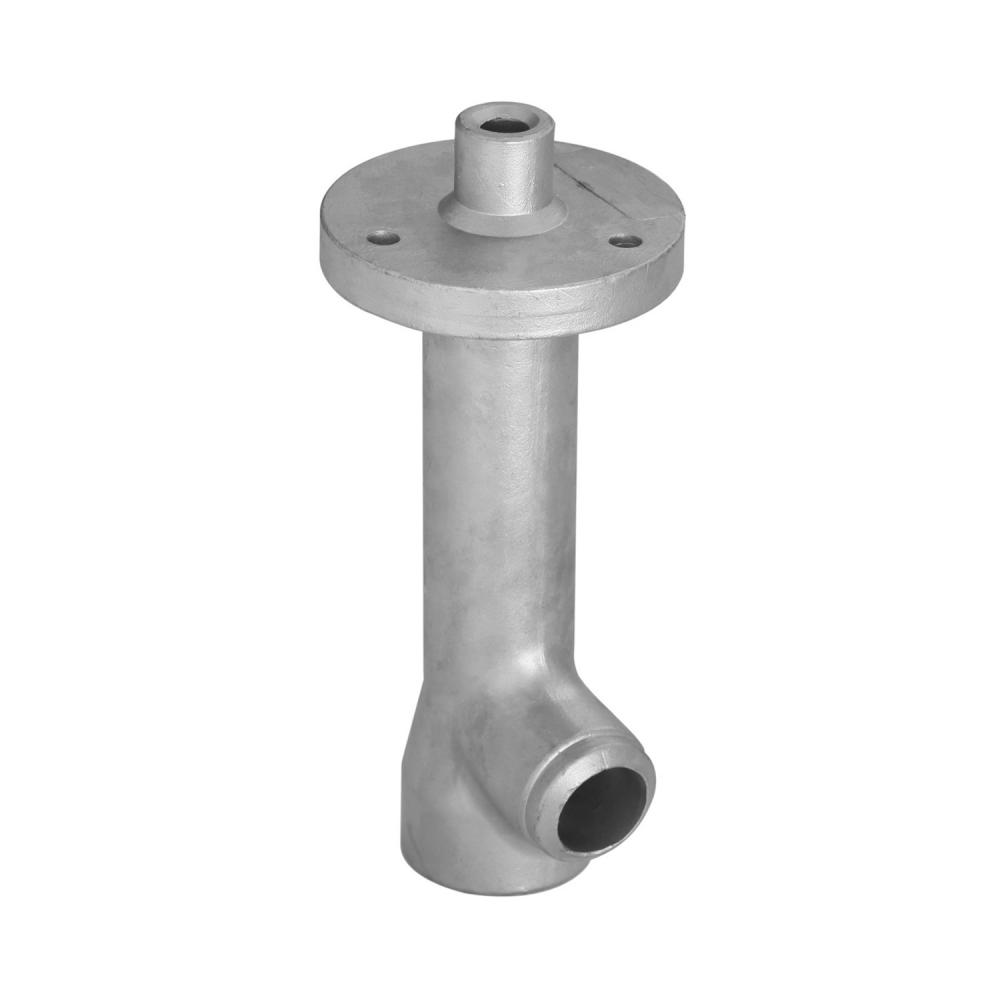
Frequently Asked Questions (FAQ)
Q: What materials can be used for investment casting?
A: Investment casting supports an exceptionally wide range of ferrous and non-ferrous alloys, including various grades of stainless steel (e.g., 304, 316, 17-4PH), carbon steel, alloy steel, nickel-based alloys (e.g., Inconel, Monel), cobalt-based alloys, and even some aluminum and copper alloys. This versatility is a key advantage for producing a specialized casting part.
Q: What are the typical lead times for investment cast parts?
A: Lead times vary significantly based on part complexity, material, order volume, and secondary operations. For new tool development and prototyping, lead times can range from 6-10 weeks. For production runs with existing tooling, typical lead times are 4-8 weeks. Expedited services may be available for urgent requirements, influencing the casting parts pricelist.
Q: What testing and quality control measures are in place?
A: Reputable manufacturers adhere to ISO 9001 quality management systems. Quality control includes comprehensive inspections at every stage: wax pattern checks, ceramic shell integrity, spectrographic analysis of molten metal, dimensional inspection (CMM), NDT (Non-Destructive Testing) such as X-ray, MPI (Magnetic Particle Inspection), LPI (Liquid Penetrant Inspection), and mechanical property testing (tensile, hardness, impact) to relevant ASTM or EN standards.
Q: What kind of warranty do you offer on your casting parts?
A: We stand behind the quality of every casting part we produce. Our products are warranted to be free from defects in material and workmanship for a period of 12 months from the date of shipment, provided they are used in accordance with their intended application and specifications. Detailed warranty terms and conditions are available upon request.
Q: What kind of customer support is available?
A: Our dedicated customer support team and technical engineers are available to assist with inquiries, provide technical guidance, and address any concerns throughout the project lifecycle. We offer pre-sales consultation, ongoing project updates, and comprehensive after-sales support to ensure complete client satisfaction. You can reach us via phone, email, or through our website contact form.
Authoritative References
- ASTM International. (2023). ASTM A217/A217M-23: Standard Specification for Steel Castings, Carbon, Low Alloy, and Stainless Steel, for Pressure-Containing Parts, for High-Temperature Service.
- ISO 9001:2015. (2015). Quality management systems — Requirements. International Organization for Standardization.
- Campbell, J. (2003). Complete Casting Handbook: Metal Casting Processes, Metallurgy, Techniques and Design. Butterworth-Heinemann.
Hebei Mingda International Trading Company is a trading company which is specialized in castings, ODM Ductile Iron Manhole Cover forgings and machinery parts.Our products include all kinds of raw castings to be made of ductile iron , grey iron , brass , stainless steel and aluminums, machined castings and forged parts .ODM Ductile Iron Covers To make these parts according to the customers’Custom Iron Casting drawings , we have relative suitable production craft and equipments, such as resin sand , sand mould , hot core boxes , lost-wax , lost –foam and so on Iron Casting Manufacturer Custom.Specially for hydrant bodies and valves’Ductile Iron Manhole Cover Manufacturer bodies, we have collected rich experience for these products in the past 16 year’s actual production, Now we are proud of our products with good surface and high quality material. Iron Casting ManufacturerWhatever,we have been trying our best to provide our customers with better quality castings by improving production crafts and more careful quality control.Cast Iron Castings Manufacturer|super blog